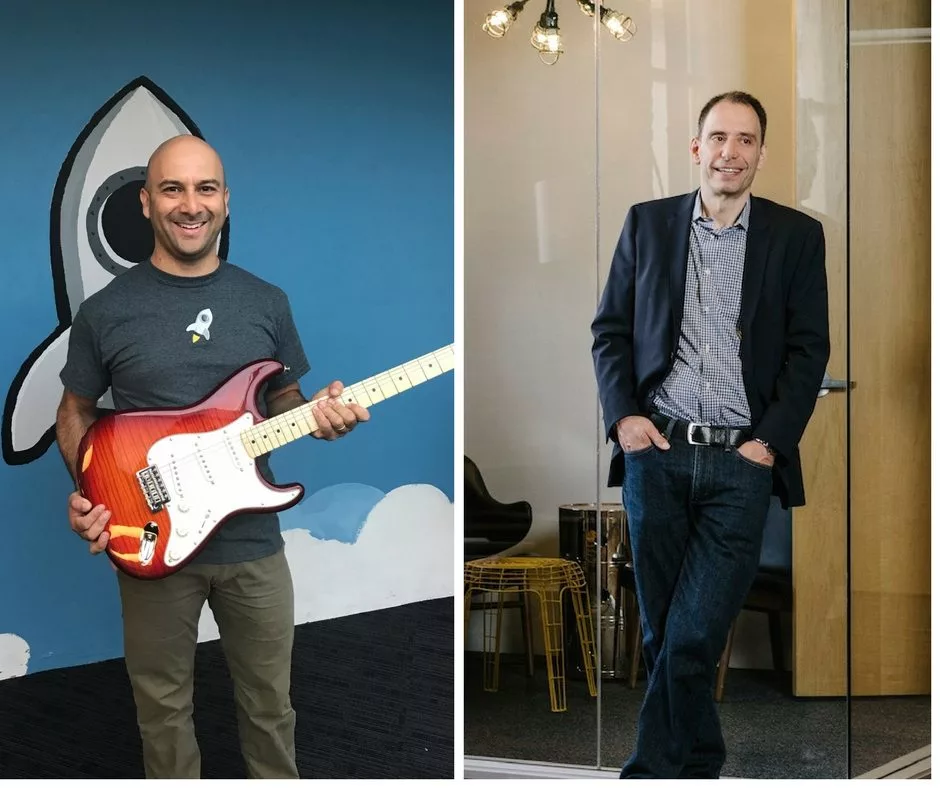In our reporting on San Francisco productivity software Asana, we found that strong conscious leadership is key to creating a thriving workplace culture. We wanted more perspective from others in the industry, so we asked the heads of two more tech companies to tell us their thoughts on what make a good leader.
Rob Castaneda, CEO and founder of ServiceRocket
• Founded in 2001 • Based in Palo Alto, CA • 250+ Employees • Mission: “Helping enterprises get the most out of their software and transforming the way they do business.”
“It’s not a fixed formula that makes a good leader; it’s a balance of contradictions and competing absolutes. It’s someone who is realistic and present, yet an aspirational dreamer. Someone who is flexible enough to deal with the unknown and unexpected, yet consistent and stable enough to give their team the foundation they need.
“A good leader acknowledges their faults but seeks to make the most of what they have been blessed with. Their achievements in and of themselves don’t mean much, yet what they enable is cherished. A good leader is knowledgeable but always learning. They believe in common sense, against the common tide. They are patient and reflective but responsive, knowing that the small details that many tell them they shouldn’t worry about can mean the world to those around them. Those who are ‘below’ them are held above them.
“A good leader doesn’t accept that they are a good leader. They are forever striving to be one.”
David Mandelbrot, CEO of Indiegogo
Founded in 2008 • Based in San Francisco, CA • 150 Employees • Mission: “To empower people to unite around ideas that matter to them and together make those ideas come to life.”
“The thing that most makes a good leader is the ability to inspire people to do something greater than they may think they’re capable of.
“The first step is providing a vision that people can get excited about, a picture of a future place they can go together. Something that really moves or motivates them. You need a certain amount of empathy, because to provide a vision that’s exciting to people, you need to understand what motivates them. You also need the self-awareness to appreciate that what motivates other people is not necessarily what motivates you.
“The second step to inspiring people is to clear the path; to get in front of the obstacles and clear them so that the team has the ability to actually accomplish that vision you’ve provided for them.”





